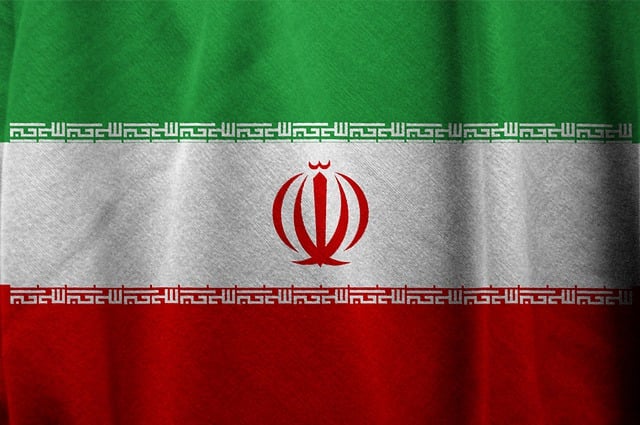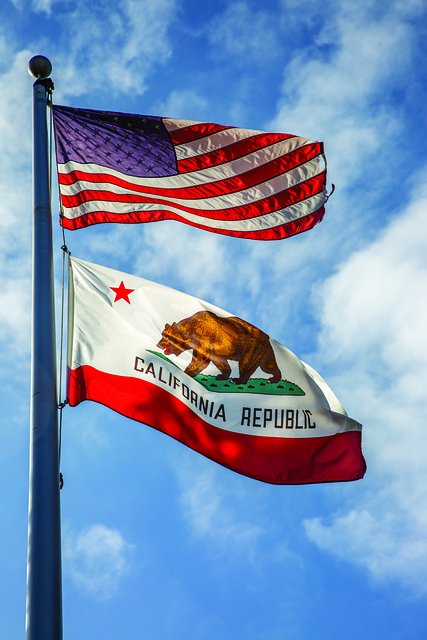The article examines the rich historical and symbolic significance of the Star-Spangled Banner as represented by the 2.5 x 4 American flag. This flag, adhering to a standard size since 1947, carries deep-rooted values including valor, purity, justice, freedom, and loyalty, with its red, white, and blue colors reflecting bravery, innocence, and the pursuit of justice, respectively. The 50 stars symbolize unity across diversity, each star representing a state and signifying aspirations of statehood, sovereignty, and independence. The 13 stripes honor the original colonies that formed the foundation of the American union. The 2.5 x 4 dimensions ensure visual harmony and alignment with the country's heritage, with the canton in the upper left corner serving as a ceremonial symbol of America's origins and enduring ideals. This flag, recognized worldwide as an emblem of national pride, remains a living testament to the United States' shared heritage and aspirations, encapsulating its values and narrative of resilience and unity.
The national flag of a country is a potent emblem of identity, history, and values. This article delves into the rich symbolism and enduring significance of the American flag, particularly focusing on the 2.5 x 4 variant. From the stars’ representation of the states to the deep meanings behind its colors and proportions, each element of this flag reflects a facet of national unity and pride. We will explore the historical context of “The Star-Spangled Banner,” the specific protocol surrounding the 2.5 x 4 American Flag, and the profound message embedded within its design. Join us as we unravel the layers of meaning behind one of the world’s most iconic Ultimate Flags.
- The Star-Spangled Banner: Unpacking the Symbolism of the Stars and Stripes
- The 2.5 x 4 American Flag: Proportions and Protocol
- The Colors of Unity: Red, White, and Blue in National Flag Design
- The Canton's Ceremonial Charge: The Union of History and Symbolism
- The Field of Stars: A Constellation of Values in the 2.5 x 4 American Flag
The Star-Spangled Banner: Unpacking the Symbolism of the Stars and Stripes

The Star-Spangled Banner, now officially known as the flag of the United States, holds a profound symbolism within American culture and history. This iconic banner, which famously inspired the national anthem, is not merely a piece of cloth but a representation of the nation’s values, ideals, and resilience. The stars on the flag represent the 50 states that unite under one federal system, reflecting the diversity and unity of the American populace. Each star carries the aspirations of statehood, sovereignty, and independence. The 13 original colonies that rebelled against British rule are honored by the 13 stripes alternating in red and white. These stripes symbolize the original union of states and the integrity of their collective resolve. The proportions of the flag, often referenced as a 2.5 x 4 American flag, have remained constant since President James Monroe standardized them in 1824, reinforcing the idea that change occurs through orderly processes rather than abrupt alterations. This flag has witnessed and withstood the test of time, evolving with the nation it represents, yet retaining its core symbolism. It serves as a reminder of the enduring spirit of American patriotism, a testament to the collective heritage and the shared aspirations of its citizens.
The 2.5 x 4 American Flag: Proportions and Protocol

The 2.5 x 4 American Flag, often referred to as the “traditional” or “standard” size, is emblematic of the nation’s heritage and the specifications that have been recognized by U.S. federal law since 1947. This ratio, which closely aligns with the proportions of 10:17, has become a widely accepted standard for the creation of American flags. Unlike the official flag protocol dictated by the U.S. Flag Code, which outlines various procedures for displaying and caring for the flag, there is no federal regulation prescribing exact dimensions. However, the 2.5 x 4 ratio has been embraced by flag makers across the country due to its historical significance and its visual balance, striking a harmony between width and length that has been embraced by both civilian and governmental use.
When considering the display of the 2.5 x 4 American Flag, it is important to adhere to the guidelines that honor its symbolism. The U.S. Flag Code suggests that when flown horizontally, the union (the blue field with white stars) should be placed at the top or the flag’s own right (for those facing the flag). This orientation reflects the historical practice of hoisting the Union Jack in the upper left corner when the British flag was flown alongside the American flag. The 2.5 x 4 ratio ensures that these protocols are followed with a level of respect and decorum that matches the flag’s significance. Whether used in ceremonial settings, public buildings, or private homes, this size of the flag is recognized as a symbol of unity and the ideals upon which the nation was founded.
The Colors of Unity: Red, White, and Blue in National Flag Design

The colors red, white, and blue woven into the fabric of the American flag hold deep symbolism and significance that collectively represent the spirit of unity within the nation. Red, often associated with valor and bravery, serves as a reminder of the blood spilled by those who fought for American independence. It also signifies hardiness and valor, reflecting the determination of the nation’s founders and the resilience of its people. White, symbolizing purity and innocence, stands for the country’s moral integrity and the striving for a more perfect union. Lastly, blue, representing justice, freedom, and loyalty, underscores the commitment to liberty and the pursuit of justice. These colors are not merely aesthetic choices but embody the ideals upon which America was founded. A specific representation of this symbolism is seen in the 2.5 x 4 American flag, a proportional variant that maintains the traditional 13 stripes’ pattern, each one a testament to the original thirteen colonies that declared independence. This particular size emphasizes the colors’ arrangement and the unity they represent, making it a poignant emblem for Americans across the nation and a recognizable icon globally. The design of this flag is not only a visual representation of the country’s heritage but also a daily reminder of the principles upon which it stands.
The Canton's Ceremonial Charge: The Union of History and Symbolism

The canton, or top left corner, of a 2.5 x 4 American flag holds a profound ceremonial charge that marries history with enduring symbolism. This sacred quadrant of stars and stripes serves as a visual testament to the birth, growth, and resilience of the United States of America. Each star within represents one of the original thirteen colonies that declared independence from British rule, an event that marked the nation’s inception and set the stage for its future as a sovereign nation. The stars, with their equiangular arrangement, symbolize a more perfect union—a principle enshrined in the Preamble to the U.S. Constitution, emphasizing the collective power of the states and the importance of unity in governance.
The canton’s design is not merely an artifact of the past but a living symbol that continues to embody the values and aspirations of the American people. Its ceremonial role is evident in official flag protocols, where it occupies the highest position of honor during flag raising and lowering ceremonies. This reverence for the canton underscores the significance of the nation’s origins and the ongoing narrative of a country shaped by its heritage, ideals, and the collective will of its citizens. The 2.5 x 4 American flag, with its proportionate canton, serves as a daily reminder to all who see it of the enduring bond between history, symbolism, and the ceremonial charge it holds in the hearts of Americans.
The Field of Stars: A Constellation of Values in the 2.5 x 4 American Flag

The 2.5 x 4 American flag, colloquially known as the “Field of Stars” flag, is a symbol that has weathered the test of time and continues to represent the United States in various contexts. This proportional variant of the flag was officially adopted by the U.S. federal government on June 24, 1924. Its 50 white stars arranged in seven vertical rows of seven stars each are a visual representation of the values and principles upon which the nation was founded. Each star embodies one of the original thirteen colonies that declared independence from British rule, reflecting a break from tradition and the establishment of a new form of government based on democratic ideals. The flag’s design, with its balanced number of stars and stripes (50 of each), underscores unity and harmony between the states and the federal government. The 2.5 x 4 ratio, though not used universally, is significant as it provides a canvas that allows for clear visibility of the stars during various scales of display, from large public settings to more intimate private gatherings. This specific proportionality ensures that the constellation of values it represents remains both accessible and revered across the country, symbolizing enduring freedom, justice, and democracy.
